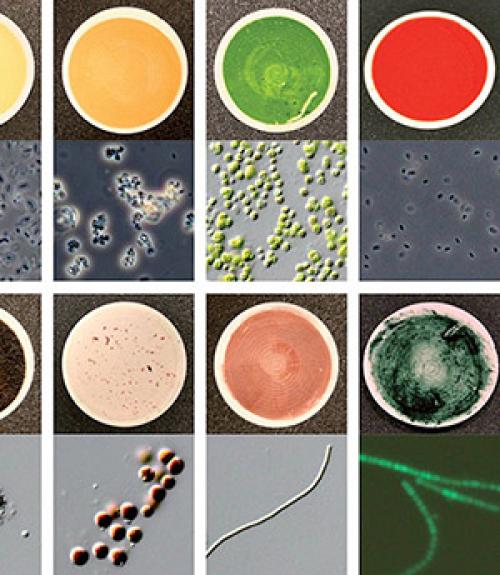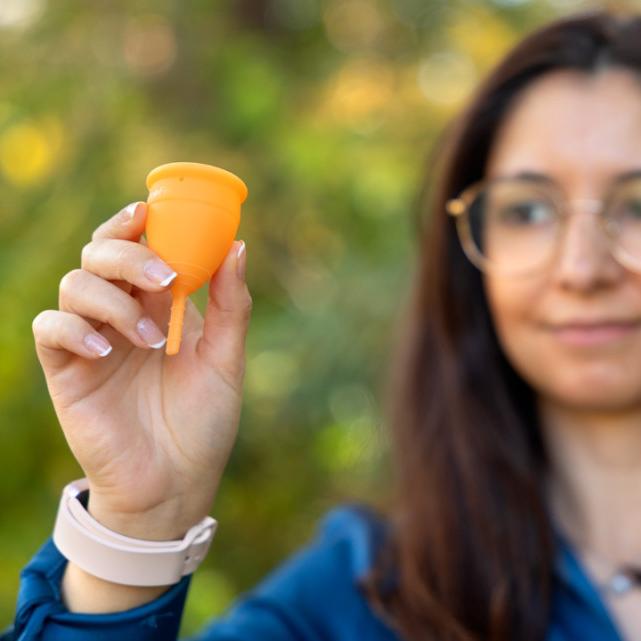
 Department Homepage
Department Homepage
Colorful life-form catalog helps discern if we’re alone
While looking for life on planets beyond our own solar system, a group of international scientists has created a colorful catalog containing reflection signatures of Earth life forms that might be found on planet surfaces throughout the cosmic hinterlands. The new database and research, published in the March 16 Proceedings of the National Academy of Sciences (PNAS), gives humans a better chance to learn if we are not alone.



